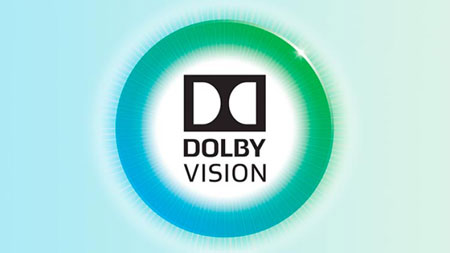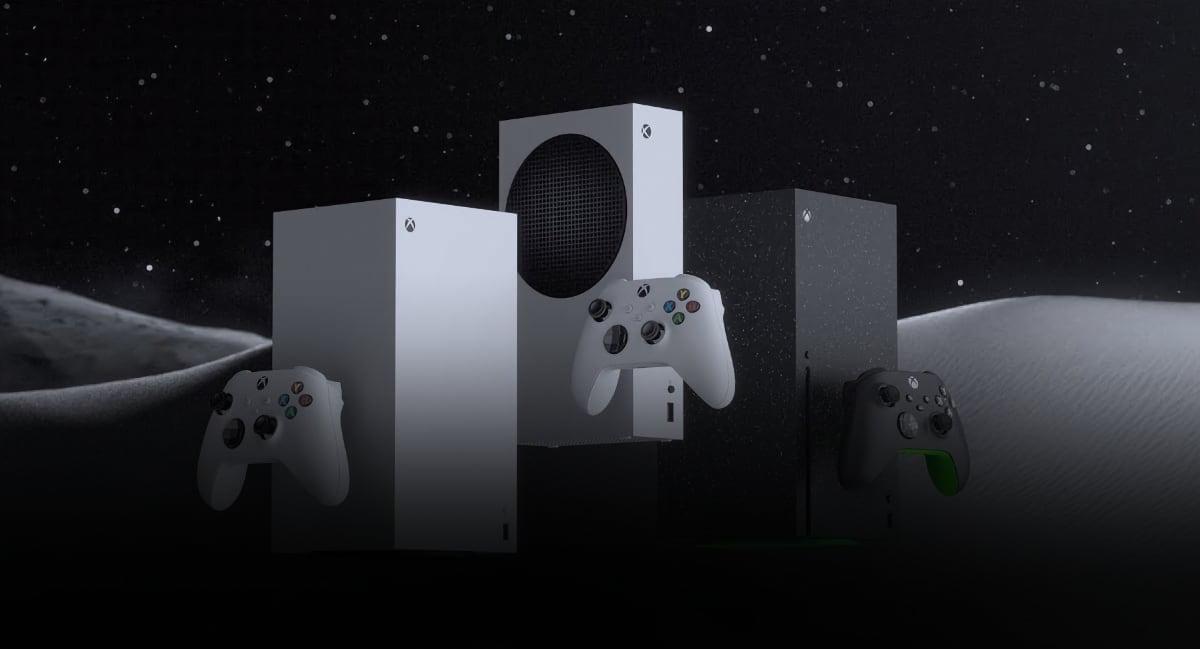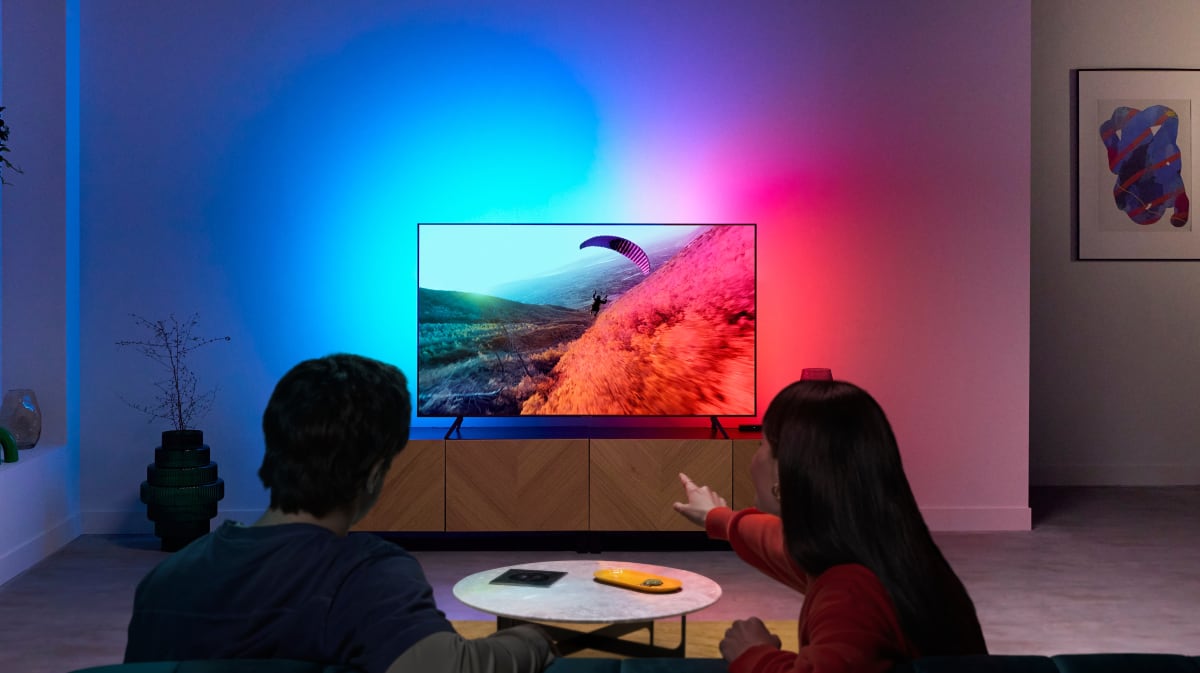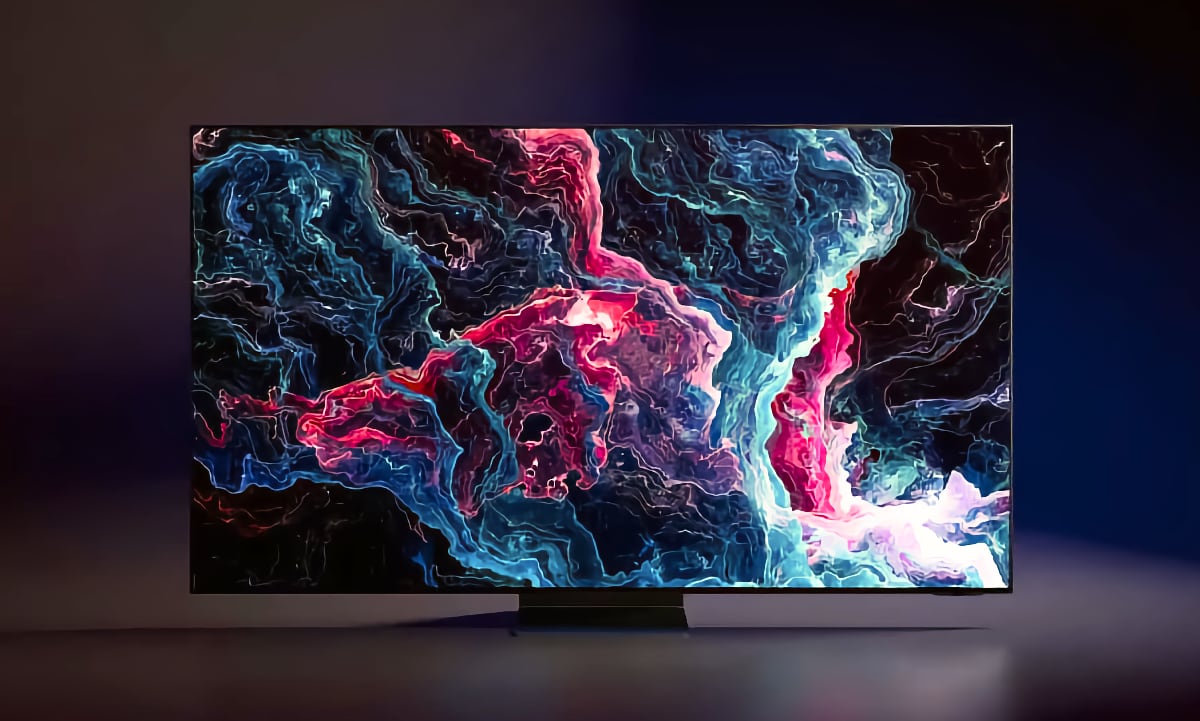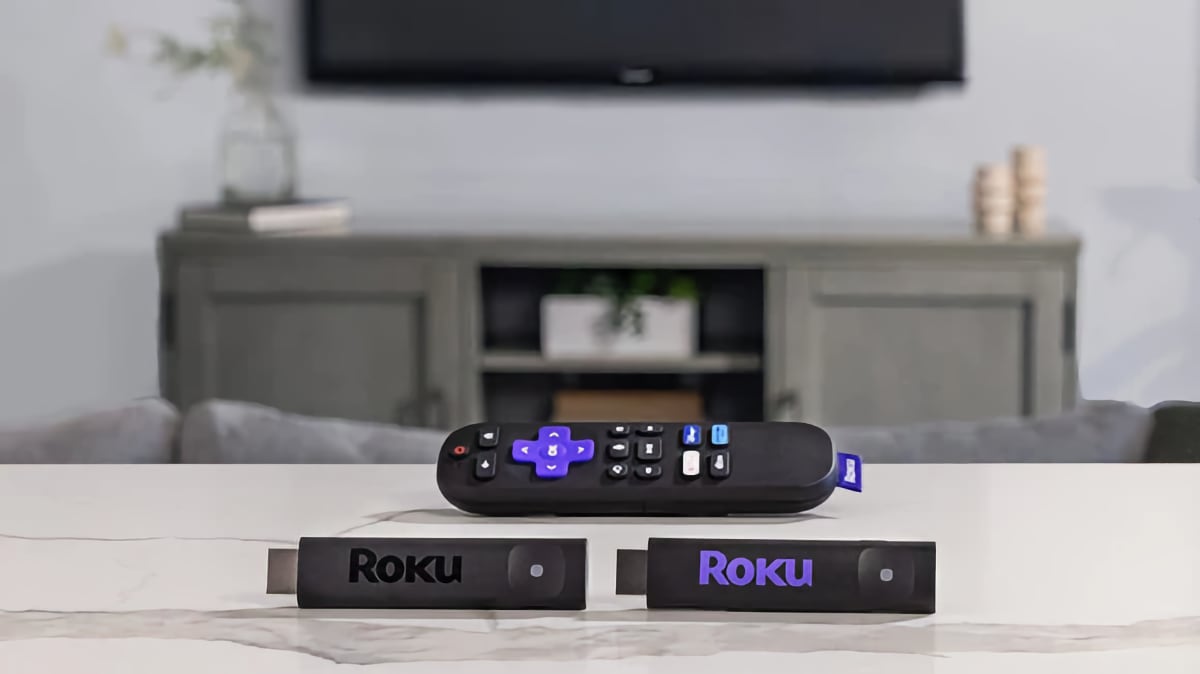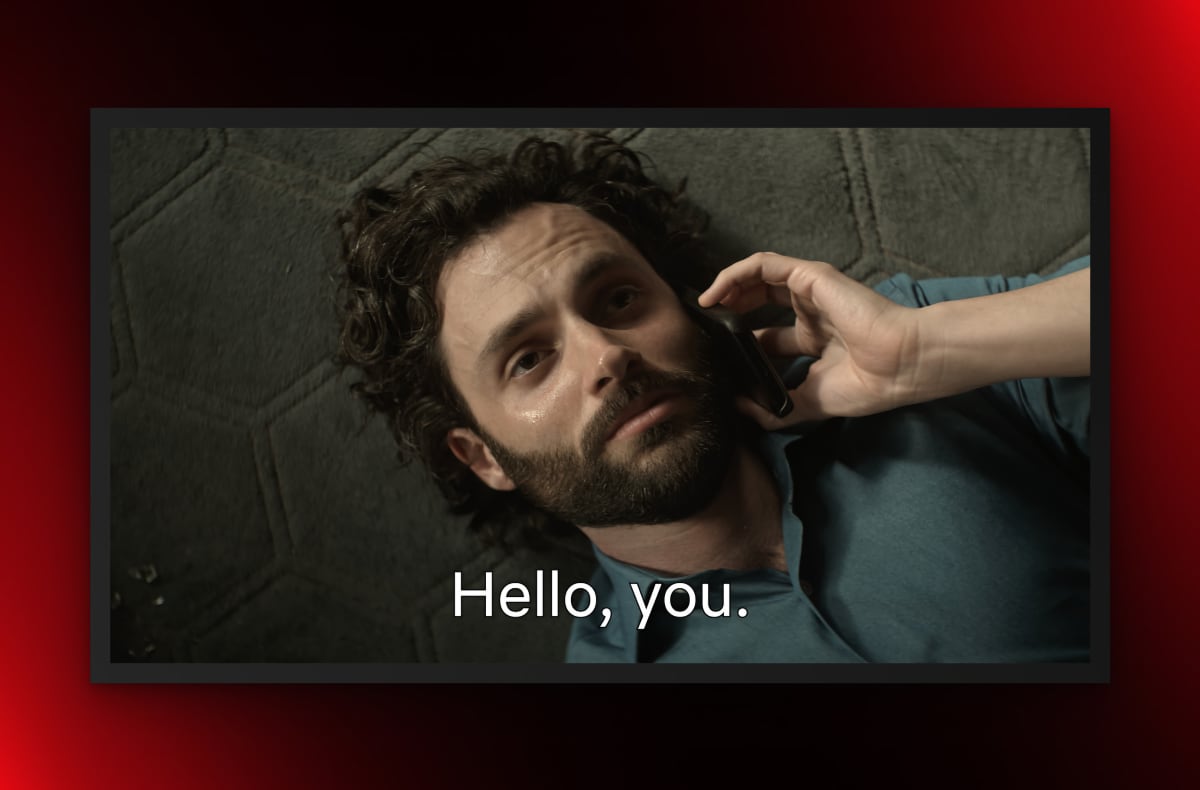Dolby Vision has strong momentum. That was one of the messages conveyed by Dolby when we met them at CES 2018. It now has 12 TV makers, 8 distribution partners, and 8 studios on board, so it is hard to disagree. However, problems are looming in the background.
The state of Dolby Vision
LG, Sony, Hisense, TCL, Vizio, and Loewe. These brands are amongst a group of 12 TV makers that have put weight behind Dolby’s format. Dolby Vision is a HDR video format that greatly expands luminance range and colors. You may notice that Philips is also listed on the slide below but that applies in the US only. TP Vision, responsible for the Philips TV brand in Europe, has shunned Dolby Vision in favor of HDR10+. Samsung and Panasonic, too.
Dolby acknowledged that HDR10+ offers some of the same advantages as its own format but did not seem particularly concerned about Samsung’s format. With all major Hollywood studios as well as heavyweights in content distribution such as Amazon, Netflix, and Apple iTunes on board, Dolby finds itself in a comfortable position.
More than 200 movies have been released in Dolby Vision – not a single one in HDR10+
Dolby is trying to create an end-to-end ecosystem for the technology that enables the best experiences. The company wants to offer the full package with Dolby Vision HDR video and Dolby Atmos audio. At CES 2017, the company also showcased the first PC (Lenovo) with Dolby Vision and explained that it has been working together with partners to enable live broadcast in the format.
One of the goals for 2018 is to take Dolby Vision mainstream. A Dolby Vision TV is now available starting from $600 dollars and Dolby Atmos is coming to more affordable soundbars from Sony, LG, and others. Is Dolby at risk of diluting the brands? The company sees things a little differently, saying that Vision and Atmos are not only designed to raise the bar but also to make the most of today’s hardware.
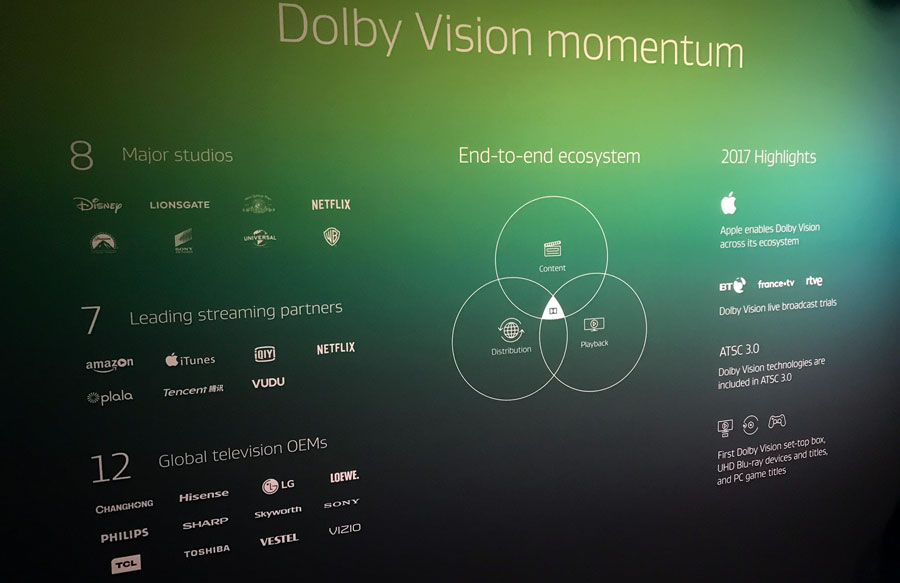
But problems loom
Dolby Vision clearly has momentum but two issues have put a damper on some buyers’ enthusiasm. Sony’s implementation of Dolby Vision in its TVs is incompatible with the current players – Apple TV 4K and UHD Blu-ray – and the company is, together with its partners, scrambling to issue a fix for a bug that is causing raised black.
These things will be solved, the company says, but Dolby Vision is not the well-lubricated machine that many had hoped for. In its quest to take the format mainstream, Dolby has made some decisions that negatively affect buyers. It is very unlikely the derail the train but we hope not to see similar issues arise when Dolby Vision moves into live broadcast, game consoles, and other platforms.
Over the last couple of years, Dolby has been instrumental in getting HDR video into movie theaters. It has also expanded the footprint of Dolby Atmos and has rolled out Dolby Vision. All three projects have strong momentum but the biggest development in 2017 is arguably the partnership with Apple. We hope for more good news in 2018. Dolby Vision is after all one of the most exciting video technologies today.

